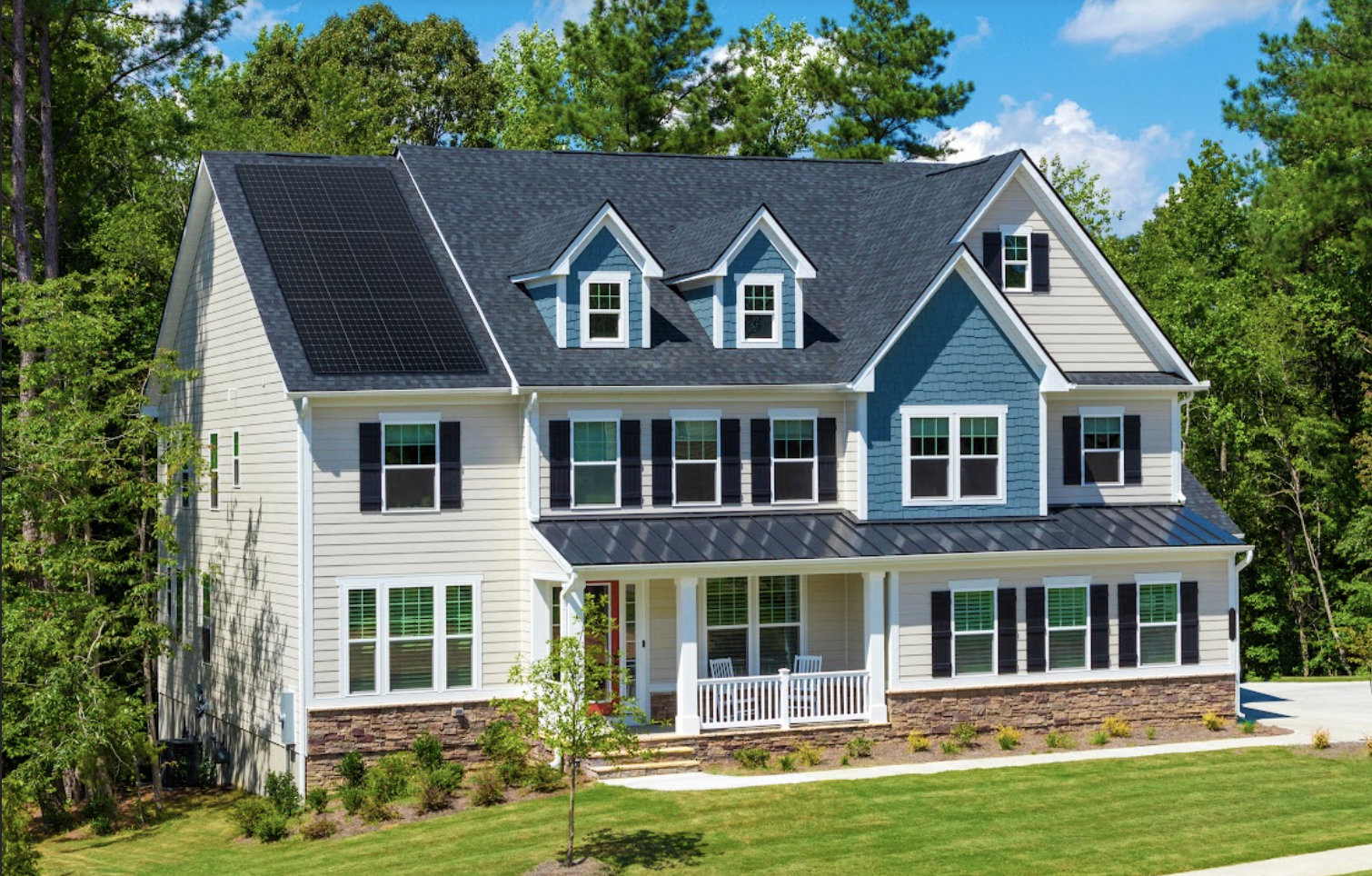Our 21st-century lives are full of household and business devices and appliances that need cleaning and maintenance. Frankly, we’ve got our hands full, and no one is excited about adding on yet another system that needs care and attention.
The good news is that a solar array requires minimal maintenance, making a relatively hands-off investment.
However, there are times when a solar system may require maintenance. The good news is that many common solar maintenance issues should be covered by an installer’s workmanship warranty or a manufacturer’s equipment warranty. So, if things go wrong, you likely won’t be on the hook.
To give you an idea of what to expect, here are the most common solar maintenance issues that are encountered. Drawing on hundreds of commercial and residential service calls, this is a condensed list of five common issues.
The Common Maintenance Issues For Solar Arrays
- Installation Issues
Most solar panel installers are well-trained and dedicated to doing things right. But no matter how experienced they are, mistakes can happen. The most common are typically easy to fix: loose terminals, pinched wires, and leaky conduits.
Terminals and lugs (the clamps that hold the wires in place and together) may be under-torqued during installation. A maintenance team can identify the issue and tighten up things.
Pinched wires can happen with improper wire management, and wires are damaged during installation.
Similarly, conduits (the tubes that encase wires between equipment) may leak. Whether due to a gap in a fitting or improper installation, a trained service technician will be able to locate the troubled portion and repair or replace it.
These installer-driven mistakes shouldn’t be your burden to bear. The installation professionals should be able to easily address them to prevent further harm to the system.
And if you partner with an installation company that offers a workmanship warranty, these issues should be covered.
- Inverter Failures
You and your installer should select dependable equipment for your array. But even the highest-quality inverters and panels from the best brands can have issues.
When it comes down to it, the component most likely to fail is also the hardest-working: the inverter. Inverters run right alongside your panels, converting the DC electricity they produce into the AC electricity your devices use.
Specific inverter issues will vary between manufacturers and product lines. But thankfully, most inverter manufacturers back their products up with at least a ten-year warranty. This will protect your investment from manufacturing-related faults.
These sophisticated pieces of equipment may also need regular software and firmware updates. Occasionally, a manufacturer will release an update that fixes common issues remotely. In other cases, you may have to involve a solar professional to diagnose the issue.
- Communication Issues
Most solar systems installed today and in recent years require a dependable internet connection. While the internet isn’t required to produce electricity from the sun, it is needed to monitor your system.
Inverters are connected to the web to communicate how much electricity your system produces and to provide notifications when errors occur. If there are disruptions in this connection, you could be missing some issues. Likewise, an internet connection will be required for your inverter to receive automatic software updates.
In most cases, communication failure is caused by an unplugged wire, a new or faulty internet device (router), or a change to a new internet provider. If you’ve covered your bases by ensuring all wires are plugged in, restarting the internet devices, and confirming new devices are set up and properly connected, it may be time to reach out to a solar maintenance team for troubleshooting.
- Ground & Arc Faults
There are two types of faults: ground faults and arc faults. Ground faults are caused when electricity strays to an unplanned path to the ground, often due to damaged wires. Arc faults happen when loose or corroded wiring connections create intermittent contact.
Neither is good for your system, as they can be dangerous. Many inverters are equipped with arc fault and ground fault protection, automatically shutting down if one is detected. This can help keep things safe until a professional can come out and repair the issue.
As with any electrical issue, you shouldn’t try to fix it yourself. Contact a qualified solar technician with the proper training and safety equipment to do the job safely.
- Squirrel/Rodent Damage
Wildlife may decide your solar system is a great place to build a nest, or they might chew on and interfere with wires. While we love nature and animals, this type of behavior can cause issues with your solar array — specifically faults and a loss of connection.
A certified solar installer can inspect your system for this type of damage. They’ll locate any damaged wires and repair or replace the bad parts.
If this continues to be an issue, they can install a low-profile guard around the solar system. Made of thin but strong metal, this cage-like structure is a deterrent to keep out curious pests but subtle enough to blend in with your current system.
Even if you consider yourself to be handy, it’s best to reach out to an experienced solar professional to analyze and fix the issue. The damaged wires could create shock hazards.
Choosing The Right Solar Maintenance Team
Issues with your solar system can reduce or stop its energy production. Each passing day that your system isn’t in tip-top shape, electricity (and money) lost.
The right solar maintenance team needs the experience and equipment to diagnose and repair the issue quickly. Our team of certified solar maintenance experts at Sea Bright Solar can get your system back to producing free energy.
If you want to learn more about solar and how low-maintenance it can be, along with how we stand behind our workmanship and products, get a free quote!








